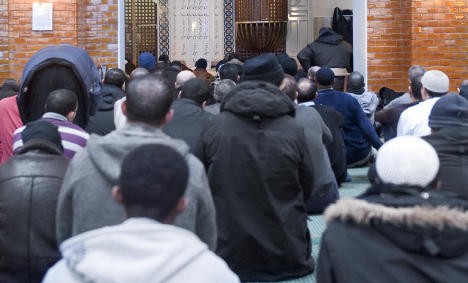
Radicalisation in Sweden is taking place not just in its biggest cities and their suburbs but around the country, researchers working for government agency the National Board of Health and Welfare (Socialstyrelsen) have concluded.
After surveying social workers in 220 municipalities and cities around the country, Socialstyrelsen’s researchers identified 39 areas where staff said they had been working with young people at risk of or already turning to extremism. In 25 of the locations, children under the age of 18 were included in this group.
But staff working in a large majority of the the affected areas (31 out of 39) said that they did not yet have a strategy in place to provide support for teenagers who might want to distance themselves from radical friends or gangs.
I Word Understanding
Radicalisation – terrorism
Suburbs – a smaller community adjacent to or within commuting distance of a city
Socialstyrelsen’s – take free conversations online with people around the world, improving your speaking skills
Extremist – terrorist
II Have your say
1.Who are most at risk of radicalisation?
.Islamic Group
.Filipino university students (University of the Philippines)
.American university students
.Taiwanese university students
.Hongkonese university students
.Chinese university students
2.Is poverty causing radicalization?
3.Why Japanese university students don’t join radicalisation organization?
4.The drivers of radicalisation
.Young people and people from lower income and socio-economic groups
.Those who distrust government and who see a conflict between being native and their own cultural identity;
.Those who perceive discrimination, experience racial or religious harassment, and have a negative view of policing
5.Are you vulnerable to radicalisation?


